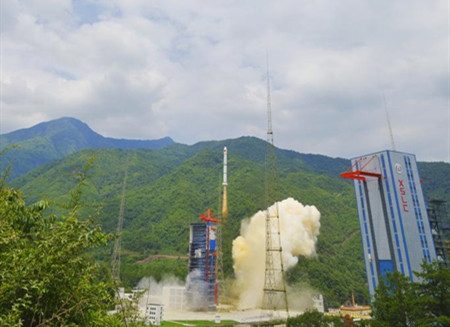The city of Nanjing has joined the bid of 14 Chinese cities to list their ancient city walls in the UNESCO heritage registry.
Officials in charge of the protection of the ancient city walls from Nanjing, Xi’an, Jinzhou and 11 others gathered in Nanjing Monday to conduct exchanges and discussions on the comprehensive protection, overall promotion, and coordinated research of the ancient city walls, and formulated the arrangements for the work in the next stage. The goal is to include China's city walls of the Ming and Qing Dynasties in the country’s bidding for world heritage status.
At present, Nanjing is cooperating with eight other cities such as Xi'an of Shaanxi, Xingcheng of Liaoning, Jingzhou of Hubei, Xiangyang of Hubei, Linhai of Zhejiang, Shouxian of Anhui, and Fengyang of Anhui to jointly boost the application for the ancient city walls to be inscribed on the world heritage registry.
Nanjing is the leading city for the application of world heritage status of the Ming and Qing Dynasties in China. The ancient city wall of Nanjing is the longest of its kind both in terms of the past and the present. Experts suggested that in the space enclosed by the Ming City Wall in Nanjing, a large Ming Dynasty cultural site be built, which in turn will fuel the application of the Ming Dynasty City Wall for world heritage status.
In historical Chinese cities like Nanjing and Xi’an, the ancient city walls stand downtown, forming a spectacular combination of the past and the present, of a historical relic and the modern metropolis.
A remnant of the country’s thousands of years of history, they attract tourists from around the globe.
As a cradle of civilization, China’s first city wall was built some 6,000 years ago during the Neolithic Age. As an indispensable part of the ancient Chinese cities, the city walls served as part of the defense systems as well as the architectural experience. It also had political symbolic significance.
(Source: Jiangsu International Channel)






